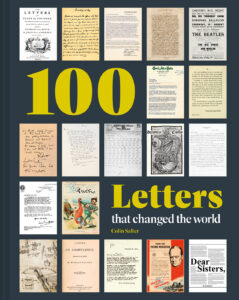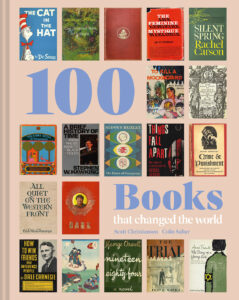History’s most life-changing letters
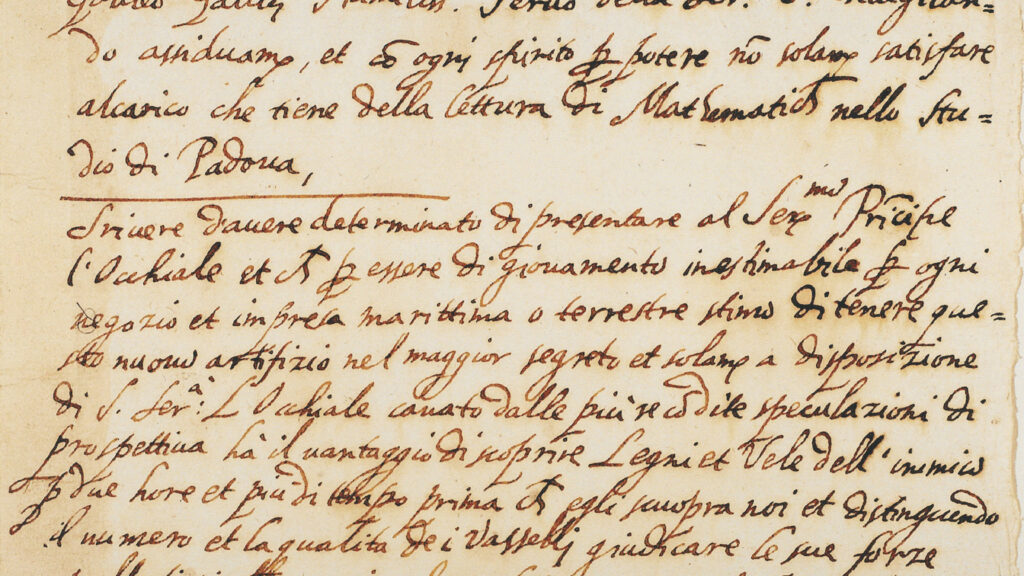
The written word has the power to change lives, politics, entire communities. To celebrate the publication of 100 Letters That Changed The World by Colin Salter, we’re sharing the following letters that impacted not only impacted their reader, But the entire course of history.
The go-ahead for Oppenheimer’s research into the Atomic bomb.
25 February 1943.
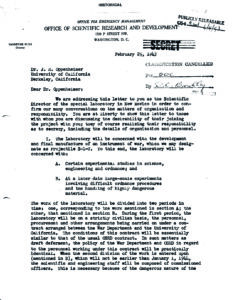
This curiously worded letter, sent on 25 February 1943 from James B. Conant and General Leslie R. Groves authorised Robert Oppenheimer to develop the atomic bomb. But the most intriguing thing about it, is that the words ‘atomic bomb’ was never used.
The joint letter from Conant and Groves sets out Oppenheimer’s duties and responsibilities as their new Scientific Director at Los Alamos. Secrecy and security are stressed, to the extent that there are no explicit references to the work in hand, only ‘the development and final manufacture of an instrument of war’. The work is to be in two parts:
A. Certain experimental studies in science, engineering and ordnance; and
B. At a later date, large-scale experiments involving difficult ordnance procedures and the handling of highly dangerous material.
The letter notes that although the first part will be a civilian operation, the second will certainly not, and any civilians wishing to continue on the project will be offered military commissions. It stresses the need for cooperation between military and civilian participants: ‘Such a cooperative attitude now exists on the part of Dr. Conant and General Groves and has so existed since General Groves first entered the project.’
The Los Alamos facility conducted the world’s first nuclear detonation a little over two years later and three weeks after that, Boeing B-29 Superfortress Enola Gay dropped its bomb, Little Boy, on Hiroshima.
Beatrix Potters’ letter to Noel Moore.
4 September 1893.
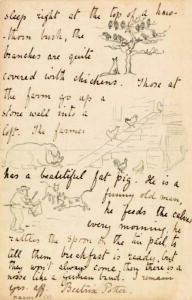
Beatrix Potter and her brother, Bertram, had an isolated childhood, educated at home in southwest London by a succession of governesses. It was thanks to the last of them, Anne Moore, that she became a successful children’s author. And it all began with a letter to Anne’s son, Noel.
Falling ill in the summer of 1893, Anne’s son Noel was often the recipient of many a letter from Beatrix, hoping to cheer him up. These charming illustrated letters, like the one pictured above, where the early versions of Beatrix Potter’s well loved story The Tale of Peter Rabbit.
Gallileo explains the first sightings of the moons of Jupiter
January 1610.
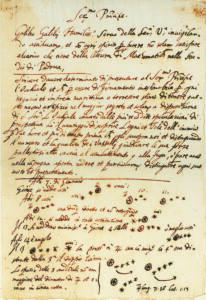
Galileo Galilei is often hailed as the father of modern science. He had the intellect and the imagination to find scientific solutions by looking at problems from new perspectives. In January 1610, he wrote a letter describing, and illustrating, his latest astronomical discoveries.
Galileo taught geometry, astronomy and mechanics at the University of Padua in northern Italy in the first decade of the seventeenth century. In 1609, he was shown a rudimentary spyglass, the new invention from the Netherlands for seeing things that were far away.
The above letter, describes his experience of operating this fascinating new piece of technology. It also features draft sketches of the astronomer’s observations of Jupiter’s moons using the device, which, to this day are called the Galilean moons.
Discover 100 Letters That Changed the World and 100 Books That Changed the World.
Image credits to The University of Michigan Library, US National Archives and The Morgan Library & Museum.

